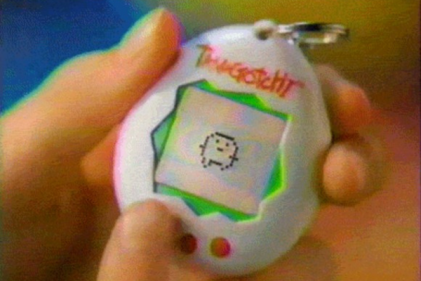First, you should understand why this sort of behaviour happens. To children, such as those in your child’s school, adults are a group of people over whom they have little or no control. They may feel undervalued or disrespected by their parents and other adults. Since they cannot exercise any control over adults, they seek to control their peers, and one of the ways they may do this is by putting down, or teasing children that are younger, or perceived as weaker than themselves.
If your child has approached you about this, it’s important to listen to his or her observations and feelings without bringing your own reactions into it. Ask him or her what exactly has happened, and how that makes him or her feel. Let your child cry or react in any way that he or she feels necessary.
Once you’ve ascertained as many of the facts from your child as you can, speak to your child’s teacher or the school principal. Find out whether they have a policy that protects the children from this sort of verbal bullying, and if not, whether they can create one. Make sure that other parents and teachers in the school are involved, and that everyone understands that when children do this kind of thing, it’s usually in reaction to something they’ve experienced themselves.
Volunteering to speak to the children in your child’s class about why bullying, teasing and putting each other down is not nice is another option, if you have the time, and find out their opinions and feelings too.
Lastly, explain to your child that when someone else behaves in this way with them, it’s not because of something your child has said or done. Tell him or her that this kind of behaviour comes from people who are unhappy with themselves, or with something that has happened to them. By explaining that your child is not to blame, you should help him or her to deal with the unpleasantness of being bullied.
If your child has approached you about this, it’s important to listen to his or her observations and feelings without bringing your own reactions into it. Ask him or her what exactly has happened, and how that makes him or her feel. Let your child cry or react in any way that he or she feels necessary.
Once you’ve ascertained as many of the facts from your child as you can, speak to your child’s teacher or the school principal. Find out whether they have a policy that protects the children from this sort of verbal bullying, and if not, whether they can create one. Make sure that other parents and teachers in the school are involved, and that everyone understands that when children do this kind of thing, it’s usually in reaction to something they’ve experienced themselves.
Volunteering to speak to the children in your child’s class about why bullying, teasing and putting each other down is not nice is another option, if you have the time, and find out their opinions and feelings too.
Lastly, explain to your child that when someone else behaves in this way with them, it’s not because of something your child has said or done. Tell him or her that this kind of behaviour comes from people who are unhappy with themselves, or with something that has happened to them. By explaining that your child is not to blame, you should help him or her to deal with the unpleasantness of being bullied.







